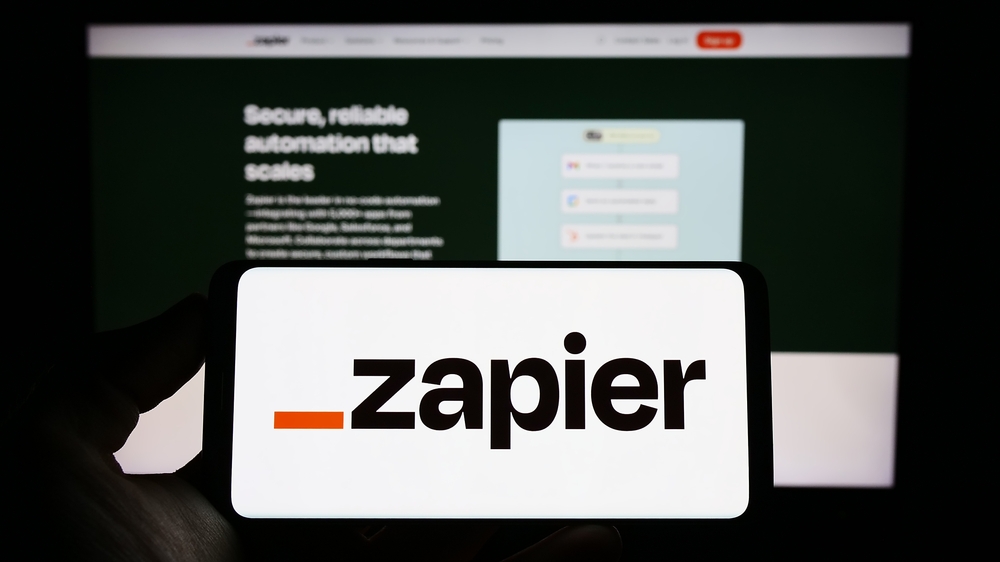Table of Contents
Creating a secure form-based authentication system is crucial for protecting user data and maintaining the integrity of web applications. This comprehensive guide provides developers with best practices and code examples to implement robust authentication mechanisms using PHP.
1. Secure Password Storage
Storing passwords securely is fundamental. Utilize PHP's password_hash () function to hash passwords before storing them in the database:
$password = 'user_password';
$hashedPassword = password_hash($password, PASSWORD_DEFAULT);
To verify the password during login:
if (password_verify($inputPassword, $hashedPassword)) {
// Password is correct
} else {
// Invalid password
}
This approach ensures that even if the database is compromised, the actual passwords remain protected. For a detailed explanation of how password_hash () and password_verify () work on this Stack Overflow discussion.
2. Implementing Multi-Factor Authentication (MFA)
Adding an extra layer of security through MFA can significantly reduce unauthorized access. For instance, integrating Time-based One-Time Passwords (TOTP) requires users to enter a code generated by an authenticator app:
// Generate a secret key for the user
$secret = 'user_secret_key';
// Generate a TOTP code
$totp = new \OTPHP\TOTP($secret);
$code = $totp->now();
Users will need to provide this code along with their password to authenticate successfully.
3. Preventing Cross-Site Request Forgery (CSRF)
To protect against CSRF attacks, include a unique token in your forms and verify it on the server:
Generating and embedding the CSRF token:
session_start();
if (empty($_SESSION['csrf_token'])) {
$_SESSION['csrf_token'] = bin2hex(random_bytes(32));
}
In your HTML form:
<input type="hidden" name="csrf_token" value="<?php echo $_SESSION['csrf_token']; ?>">
Validating the CSRF token upon form submission:
if (hash_equals($_SESSION['csrf_token'], $_POST['csrf_token'])) {
// Process form data
} else {
// Invalid CSRF token
}
This method ensures that the form submission is legitimate and not forged. For a comprehensive guide on implementing CSRF tokens in PHP, see this tutorial.
4. Mitigating Cross-Site Scripting (XSS)
Sanitize user inputs to prevent XSS attacks:
function sanitizeInput($data) {
return htmlspecialchars($data, ENT_QUOTES, 'UTF-8');
}
$userInput = sanitizeInput($_POST['user_input']);
This converts special characters into HTML entities, preventing the execution of malicious scripts.
5. Enforcing HTTPS
Ensure all data transmissions are encrypted by enforcing HTTPS:
if (empty($_SERVER['HTTPS']) || $_SERVER['HTTPS'] === 'off') {
$redirect = 'https://' . $_SERVER['HTTP_HOST'] . $_SERVER['REQUEST_URI'];
header('HTTP/1.1 301 Moved Permanently');
header('Location: ' . $redirect);
exit();
}
This script redirects users to the HTTPS version of your site if they access it over an insecure connection.
6. Secure Session Management
Regenerate session IDs upon login to prevent session fixation attacks:
session_start();
session_regenerate_id(true);
Additionally, set session cookies with the Http0nly and Secure flags:
session_set_cookie_params([
'httponly' => true,
'secure' => true,
'samesite' => 'Strict'
]);
These settings help protect against session hijacking and cross-site scripting attacks.
7. Implementing Role-Based Access Control (RBAC)
Define user roles and permissions to restrict access to sensitive areas:
$userRole = 'editor'; // Retrieved from the database
$permissions = [
'admin' => ['create', 'edit', 'delete'],
'editor' => ['create', 'edit'],
'viewer' => ['view']
];
if (in_array('delete', $permissions[$userRole])) {
// Allow deletion
} else {
// Deny access
}
This ensures users can only perform actions permitted by their roles.
8. Regular Security Audits
Conduct regular code reviews and security audits to identify and address vulnerabilities. Utilize tools like static code analyzers and vulnerability scanners to automate this process.
By implementing these practices, developers can create a robust and secure form-based authentication system that safeguards user data and enhances application security.





